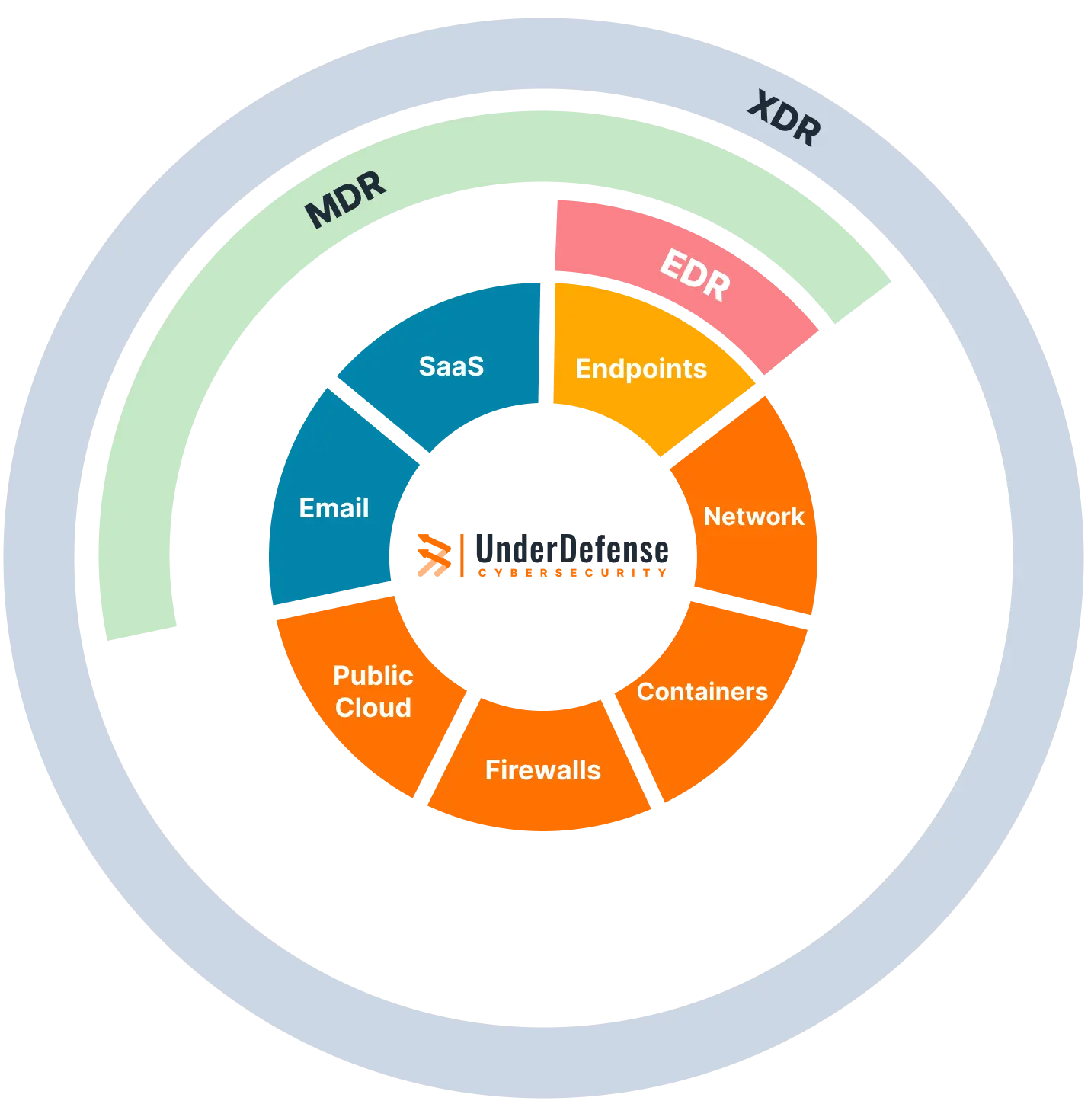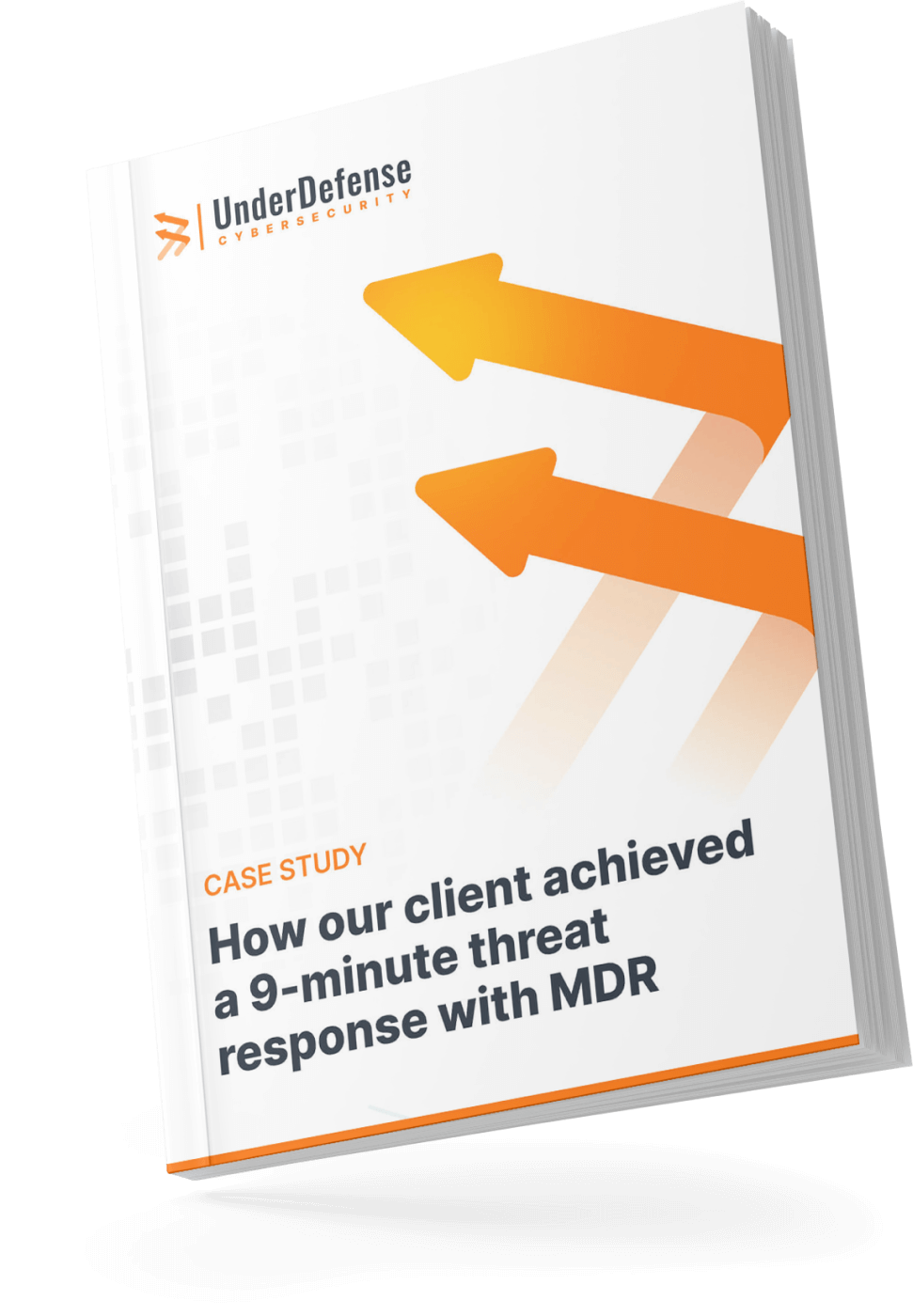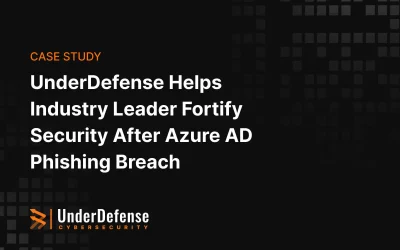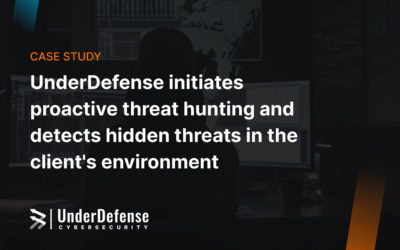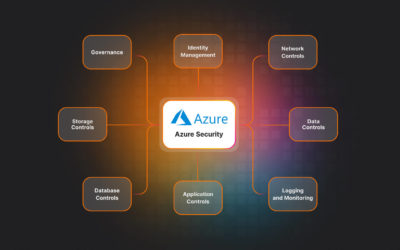News about some of the world’s largest and most advanced companies falling victim to cyber-attacks is unwelcome (e.g. Uber, Microsoft). Nowadays, businesses constantly risk having their digital data compromised or manipulated. Cyberthreats never stop and become more sophisticated every day, turning into a never-ending race. While companies continue to invest in technology and develop the infrastructure to run their businesses successfully, hackers are inventing more and more new methods and using new technologies. Companies are layering more systems into their IT networks to support remote work, enhance the customer experience, and generate value, creating potential new vulnerabilities.
We have the answers
The security systems that used to be effective and fully protect your business and data yesterday, desire to be better today. It`s a profitable business for hackers so they are highly motivated to make up new tricky ways of deceiving and bypassing the system. That means you have to be constantly on guard, monitor the situation, and take care of your cybersecurity.
There is so much cyber security advice available these days that it`s easy for businesses to get lost and confused when choosing the best solution. This article will help you understand the key terms and clarify which solution is best for your company.

Table of content
- How to choose a security solution that is most suitable for my organization?
- What is EDR – Endpoint Detection and Response
- What is XDR – Extended Detection and Response
- What is MDR – Managed Detection and Response
- MDR benefits
- Is there anything better than MDR?
- Which solution should I choose?
How to choose a security solution that is most suitable for my organization?
The cybersecurity market offers different solutions for protecting businesses and organizations. There is a whole class of tools to monitor endpoints, networks, user behavior, cloud infrastructure, etc. Besides that, there are services provided by security experts who know how to use the tools efficiently. Central to every cybersecurity solution is a detection and response capability of catching threats that circumvent traditional security measures. This capability is a common feature of the services described here.
If you are not sure what to choose ‘EDR or MDR?’, ‘Security Services vs. Security Tools?’ The short answer will be – you need both.
EDR and XDR have been developed as software tools that demand human operators for deployment, configuration, and management. They also need other tools or human evaluators to review the program notifications that their security software produces.
MDR is a service that may incorporate EDR or XDR solutions as a part of its fundamental threat detection and response capabilities.
While every organization’s needs are different, the need for a comprehensive cybersecurity strategy is imperative. It is crucial to select a security solution that provides the right level of coverage based on the business’s risk profile. A business’s risk profile is influenced by an organization`s type, size, development stage, length of market presence, and degree of data-related activities. Subsequently, a solution should be selected depending on an organization’s size, maturity, and infrastructure.
Steps to be taken:
- Firstly, you need EDR technology to protect your endpoints, especially in the COVID-remote era. Most attacks happen this way.
- Secondly, you need MDR – a professional service to manage and fine-tune, run threat hunting, and triage all these alters/incidents for you.
- Thirdly, if you are not in the Cloud and you have a large legacy enterprise network – you need XDR – which is a new fancy name for new-generation Intrusion detection systems on a network level.
What is EDR – Endpoint Detection and Response
EDR is a powerful analytics-based cybersecurity solution that continuously monitors all endpoint activities and gives users real-time access to the endpoint state. EDR`s main function is to detect suspicious activities, notify the information security team of incidents and give advice on how to respond properly. EDRs provide capabilities to halt and respond to attacks and restrict their spread.
EDR benefits | EDR drawbacks |
Much better at hunting threats than traditional antiviruses | Provides a big amount of data |
Quick identification and response | A team of highly skilled security professionals is needed to process data |
A basis for more advanced threat detection and response security solutions | Time from the infection to the discovery (“dwell time”) may be too long |
Includes a lot of security tools like antivirus, whitelisting tools, monitoring tools, etc | Produces high false positives |
Visibility into the state of your endpoints' security | Narrow focus on endpoint telemetry alone limits the amount of data available for analysis |
Can integrate with a larger security solution like SIEM | Gives no context from what’s happening on the network or in the cloud |
EDR is a foundation for more advanced threat detection and response security solutions, but without reinforcement, it can’t fully uphold the security of your environment. In that sense, EDR can be viewed as a part of a strategy, but not the whole strategy.
Using EDR as a security solution is often considered to be quite enough for small-sized organizations with a small number of endpoints. However, if your business is growing from a garage startup and you want to make sure that you are fully protected, moving on to the next protection level is recommended. In that case, you will need a platform that can give you full visibility into the entire ecosystem, not only the endpoints.
What is XDR – Extended Detection and Response
XDR is a combination of tools and data that in addition to apps and endpoints provides extended visibility, analysis, and response across networks and clouds. EDR and XDR are not mutually exclusive, they`re complementary. The capabilities of EDR are broadened by XDR and include cloud workloads, application suites, and user personas within a company. EDR is a key element of XDR which is the next stage of evolution in threat detection and response and an effective way of preventing more complex threats.
XDR benefits | XDR drawbacks |
Integration with other security services | Limited to the predetermined set of tools for integration |
Collecting all data in the same environment | Dependence on XDR vendor |
Cyberthreats data analysis inside the network | Additional costs for purchasing software tools, retraining employees, or hiring expert staff |
Automated or manual threat response | Uses databases of well-known threats |
Convenient interface for navigating between logs and incidents |
Imagine that you have an expensive alarm system in your house, but whenever it goes off, security officers never arrive to check for burglary. Merely purchasing a sophisticated tool for detecting threats is not enough.
You might also be familiar with the situation when you had the most sophisticated EDR/XDR in place, but the alerts were hardly ever checked because the person in charge never had enough time or expertise to do that. In that case, you need a security officer not only to monitor your alarm systems but also to take proactive measures for preventing and responding to thefts and violators.
What is MDR – Managed Detection and Response
MDR brings together the benefits of EDR and/or XDR into a unified effective solution as it combines technology and human expertise to perform threat hunting, monitoring, and response. Security experts analyze large amounts of alert data generated by EDRs and XDRs and do not only look for true positive alerts but also take actions to actually respond to threats. This cybersecurity service is usually outsourced by delegating detection and response duties to an experienced third-party security provider. It should also be emphasized that MDR has the advantage of managing numerous clients, it is a broad experience that can be scaled to all clients. As a result of this collective defense, everyone has enhanced protection indicators and can exchange invaluable experience.
MDR benefits
- 24/7 coverage and access to cybersecurity expertise
- Ability to use EDR and XDR effectively
- Threat detection time is reduced from months to minutes
- Enhanced resiliency to potential attacks combined with managed threat detection, hunting, and remediation
- A service handled by a third party which gives your team more time to concentrate on important strategic projects
- MDR teams can work with a variety of tools and can integrate with in-house or outsourced SOC, SIEM, EDR, XDR, and network monitoring solutions
- MDR specialists can analyze alerts rapidly, flag some for removal by fine-tuning the tools, and instantly pass more significant alerts to the threat detection specialists
- Working with MDR service providers gives you access to compliance expertise
Is there anything better than MDR?
Yes, it`s having your own security team. However, it is enormously expensive since you`ll need to find and hire security professionals and teach them. These steps may take from a few months to a few years before the team starts working efficiently. And this kind of solution is mostly affordable for technological giants or multinational corporations.
Which solution should I choose?
Different vendors offer a variety of different tools and services. The best and most secure option for any organization is a combination of both, tools and services, based on your business needs.
Both EDR and XDR initially refer to software while MDR refers to security as a service.
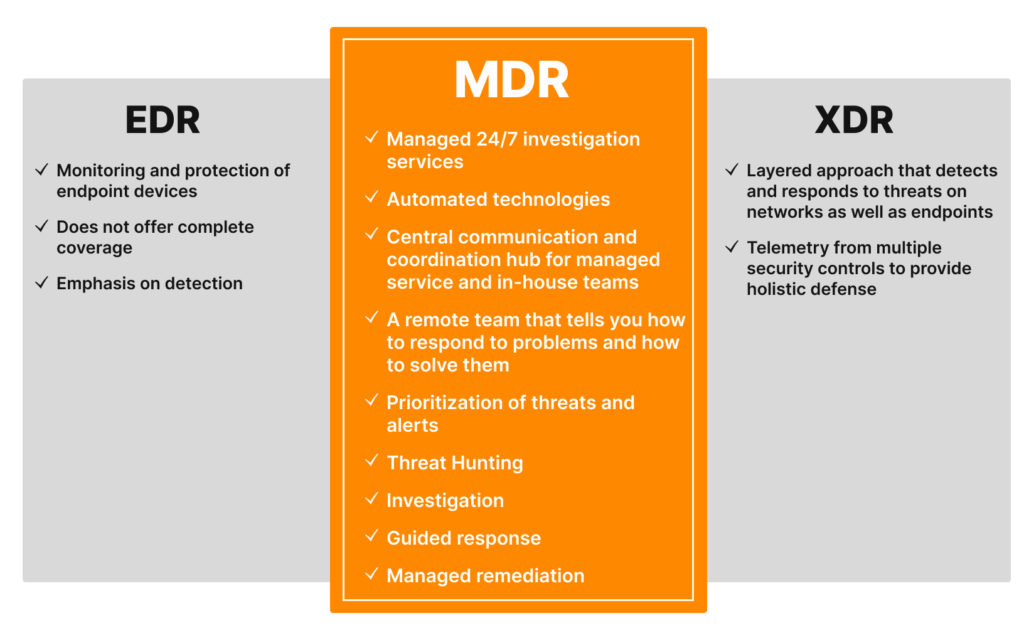
EDR benefits
- Monitoring and protection of endpoint devices
- Does not offer complete coverage
- Emphasis on detection
MDR benefits
- Managed 24/7 investigation services
- Automated technologies
- Central communication and coordination hub for managed service and in-house teams
- A remote team that tells you how to respond to problems and how to solve them
- Prioritization of threats and alerts
- Threat Hunting
- Investigation
- Guided response
- Managed remediation
XDR benefits
- Layered approach that detects and responds to threats on networks as well as endpoints
- Telemetry from multiple security controls to provide holistic defense
MDR Has Become a Cybersecurity Best Practice. Experts claim that by 2025 50% of organizations will be using MDR services for threat monitoring, detection, and response functions that offer threat containment capabilities.
Being prudent makes all the difference
As a team of the most advanced cybersecurity experts, UnderDefense offers managed detection and response (MDR) cybersecurity services tailored to your business and its environment. UnderDefense’s Security as a Service platform offers no-code security automation and orchestration allowing businesses of all sizes and maturity levels to get Compliance, MDR & Incident Response Automation solution for cloud, hybrid, and on-premise environments that effortlessly scale to protect what matters most.






